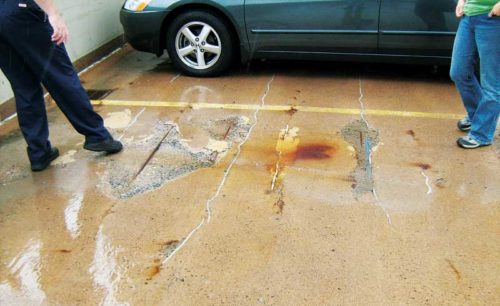
Treating reinforcement corrosion in parking structures
[fa icon="calendar'] Aug 2, 2018 10:00:00 AM / by Kenneth R Quigley, PE
Owners and managers of facilities with parking garages often do not give the garages their fair share of attention. Managing the value-added parts of the facilities such as hospital rooms, apartments, condominium units, etcetera, is much more important. When it comes to maintaining parking garages and treating deterioration, they are often placed on the back burner by building management companies and owners. Owners and managers naturally tend to place their focus, energy, and budget into maintaining more high-profile façade issues, roof leaks, or patching concrete as it relates to the occupied buildings themselves.
Read More [fa icon="long-arrow-right"]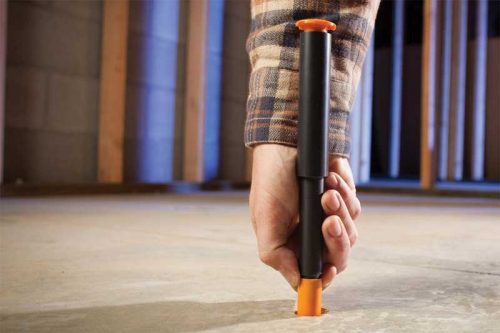
Changes to Concrete Standards: How they clarify your choice of test methods
[fa icon="calendar'] Jun 14, 2018 10:00:00 AM / by Kenneth R Quigley, PE
General Contractors and the entire construction team including project managers and owners used to have to wait at least 72 hours when conducting the Relative Humidity test to take a reading which would detect excess moisture in a concrete foundation. Today, based on updated standards the Relative Humidity test only requires a 24 hour wait, which can greatly improve project timelines.
Read More [fa icon="long-arrow-right"]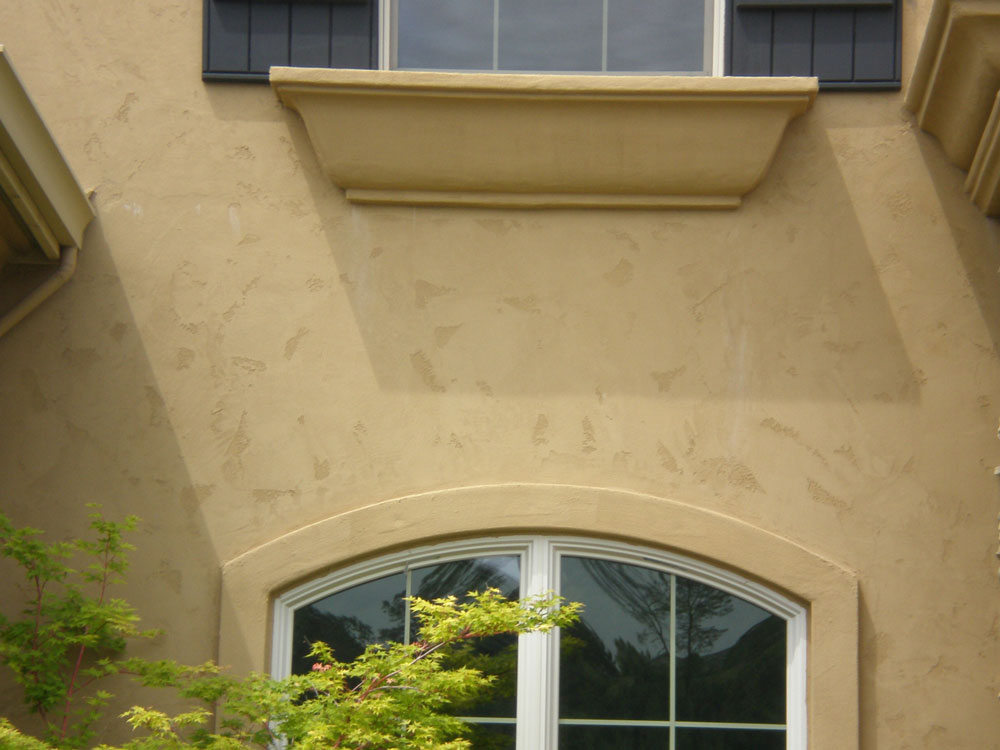
A Quick Summary of the Evolution of Stucco
[fa icon="calendar'] May 10, 2018 10:00:00 AM / by Adrienne K. Paskind, AIA
Did you know that stucco, also known as exterior plaster, has been used for many centuries? Historians suggest that the material has been used by multiple civilizations including the Babylonians, Greeks, Egyptians, and Romans, spanning over thousands of years.
Although evolved and changing, the use of stucco today is still growing in popularity despite various problems. The following is a short comparison of historic and new practices.
Historic structures still standing today indicate that “old” stucco material was used and its construction was “done right”. Its original composition and performance appears superior compared to its modern-day counterpart.

ECO-Gyms, powered by their own members
[fa icon="calendar'] May 4, 2018 2:00:00 PM / by Adrienne K. Paskind, AIA
Energy conscious building systems and "green" buildings are terms that have been around for quite some time. In fact, there are numerous interesting articles one can explore relative to the implementation of energy conscious building systems. Building professionals continually seek new ways to harness energy and develop innovative approaches to improve our environment and offset energy costs. Recently, we have seen the tremendous interest and growth in solar power from residential to large scale applications. Other renewable energy sources are also constantly being explored, such as converting energy expended by humans into energy used to help power buildings.

Breaking ground on Boston’s Fenway Center
[fa icon="calendar'] Feb 27, 2018 11:30:00 AM / by Clark Griffith, AIA
After 15 years of delays, set-backs, and challenges, construction has finally begun on Boston’s much anticipated Fenway Center.
Read More [fa icon="long-arrow-right"]
Everything Leaks: Testing & diagnosing roofing leaks
[fa icon="calendar'] Feb 15, 2018 11:00:00 AM / by Clark Griffith, AIA
Most roofs are not watertight all the time. Roofing systems, both low-sloped (flat) and pitched, will most likely eventually spring a leak, even with the proper recommended maintenance and inspections. But what about newly installed low-sloped roofs, can one expect those to be watertight? Typically, on a newly constructed building, any minor leaks that turn up during construction can be dealt with immediately by the installer. Also, newly installed roofs on new and old buildings will undergo inspections and sometimes specified testing of seams and components for issuance of the manufacturer’s and installer’s warranty of water tightness for a specified period of time. However, ensuring that your newly installed roof is absolutely watertight becomes more critical if it is being covered by rock ballast or a landscaped greenspace or if the roof protects valuable artwork or irreplaceable property. Determining the location, origin, and extent of wet substrates is also critical for existing buildings when trying to determine if repair or complete replacement is more appropriate.
Read More [fa icon="long-arrow-right"]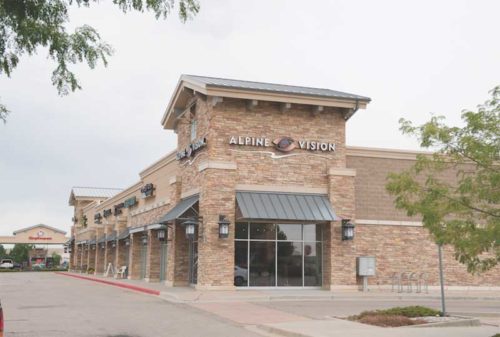
Adhered Manufactured Stone Veneer: Manufacturing performance for the winter
[fa icon="calendar'] Feb 1, 2018 10:00:00 AM / by Clark Griffith, AIA
An Adhered Masonry Veneer system (AMV) is defined as “masonry veneer of natural or manufactured stone, secured to and supported by the backing through adhesion” and are sometimes called “lick and stick” systems. The more typical masonry brick veneer system has a drainage cavity behind and the veneer is supported on itself and anchored with metal ties. Exterior AMV wall components can vary, but they are similar to a stucco system with a weather resistive barrier, scratch coat with embedded wire lath, and a finish coat of adhesive mortar.
The design and installations of AMV can be challenging since relevant building codes and industry standards are not well known or understood, and the system relies heavily on workmanship and selecting the right materials. This is particularly true when choosing a manufactured stone rather than costlier natural stone, and when used in freeze-thaw climates.
Read More [fa icon="long-arrow-right"]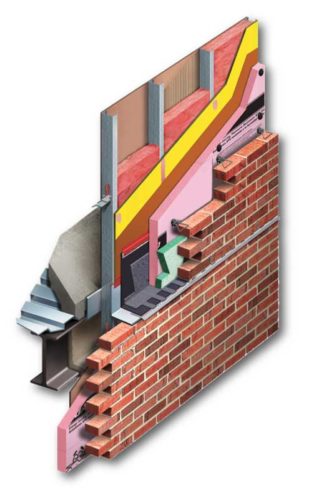
Maintaining Continuity at Transitions
[fa icon="calendar'] Jan 25, 2018 10:00:00 AM / by Kenneth R Quigley, PE
Buildings were once thought of as a means of shelter and protection. While this still holds true, buildings today have evolved to do so much more based on how the building is intended to be used, who is occupying the building, where it is built, and so on.
Read More [fa icon="long-arrow-right"]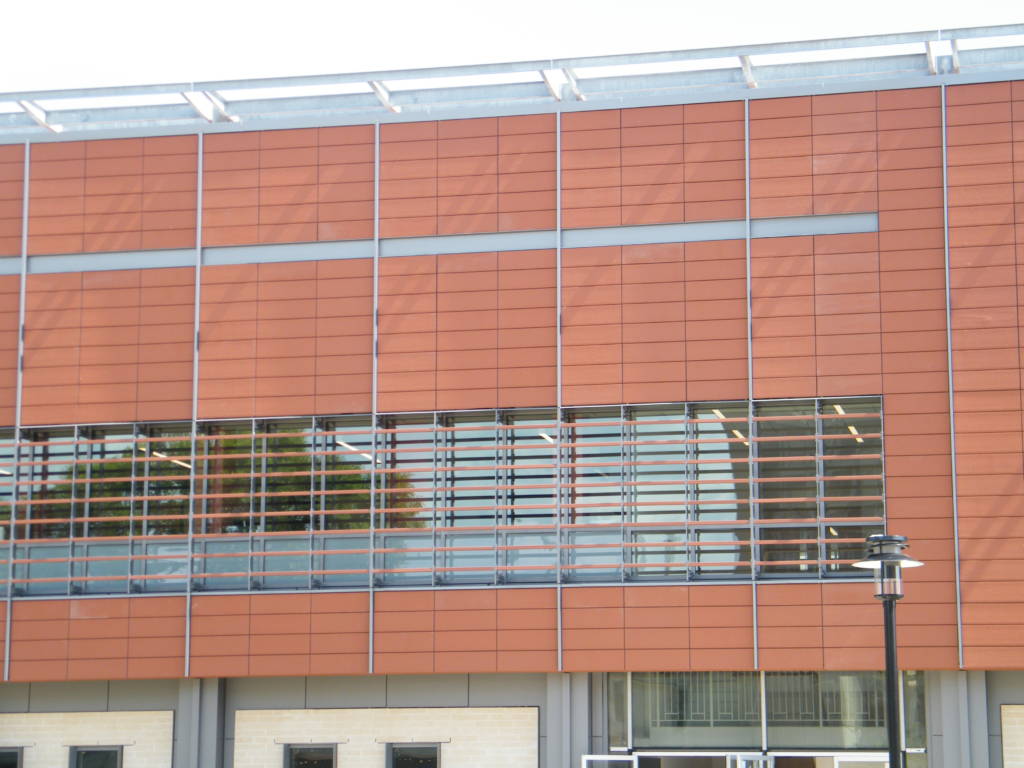
Building an Envelope Warranty
[fa icon="calendar'] Jan 11, 2018 11:00:00 AM / by Clark Griffith, AIA
When plans for buildings are being laid out and constructed many parties are often involved including the owner, architect, general contractor, and sub-contractors. One of the key areas of planning is waterproofing the structure so that leaks do not occur. In many cases a rainscreen system is built and put in place.
Read More [fa icon="long-arrow-right"]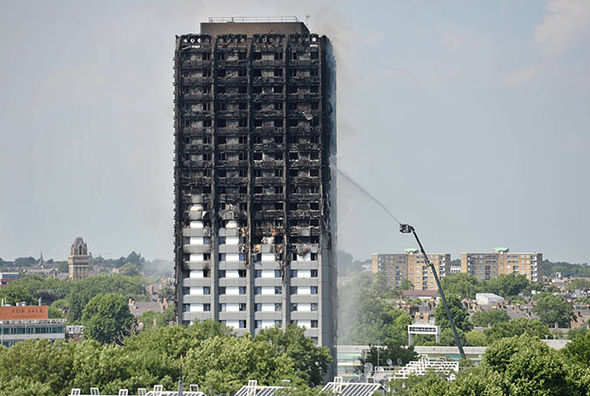
Built to burn: Thousands of buildings worldwide are wrapped in combustible panels
[fa icon="calendar'] Jan 4, 2018 11:00:00 AM / by Clark Griffith, AIA
A high school in Alaska, a National Football League stadium, a Baltimore high-rise hotel and a Dallas airport terminal are among thousands of structures world-wide covered in combustible-core panels similar to those that burned in June's deadly London fire.
Read More [fa icon="long-arrow-right"]
